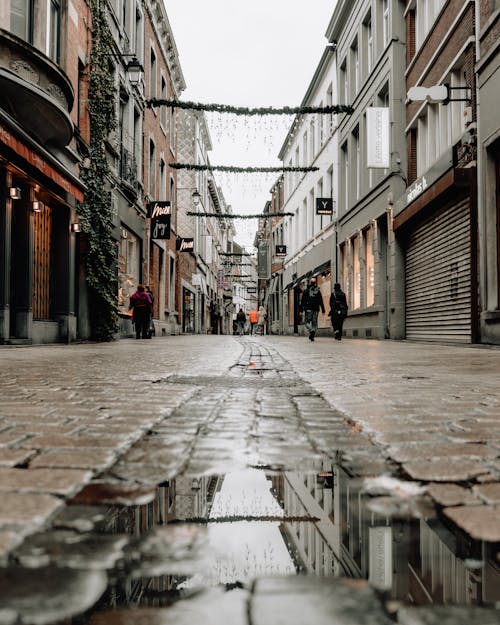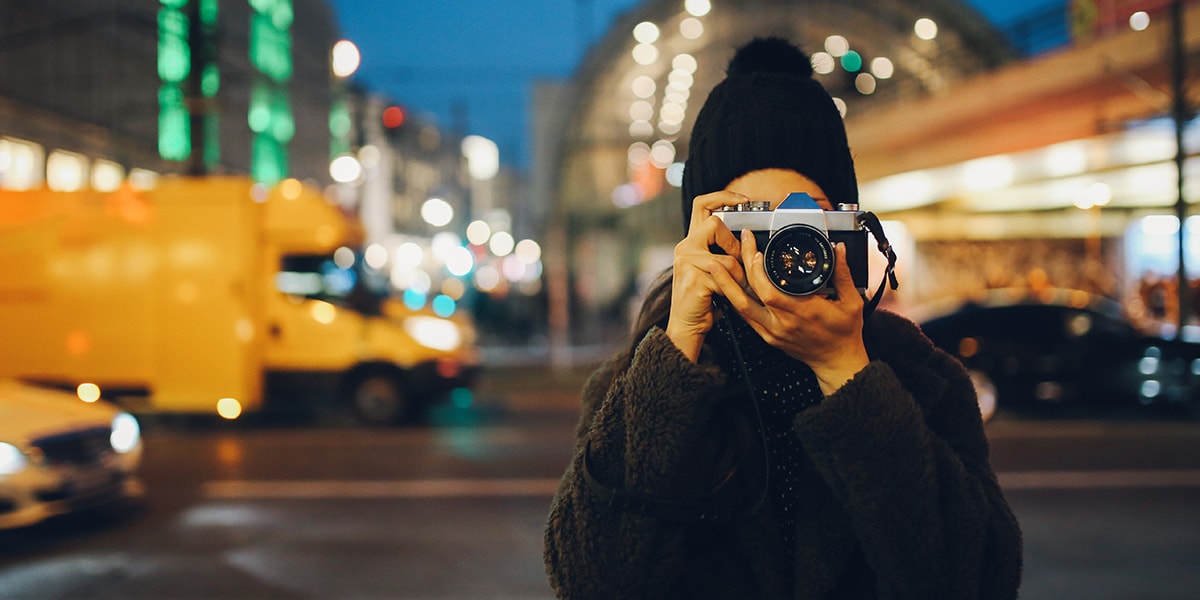The Of Framing Streets
Wiki Article
The Single Strategy To Use For Framing Streets
Table of ContentsFacts About Framing Streets RevealedSome Ideas on Framing Streets You Should Know3 Simple Techniques For Framing StreetsThe Best Strategy To Use For Framing StreetsThings about Framing StreetsA Biased View of Framing Streets
Photography category "Crufts Pet dog Program 1968" by Tony Ray-Jones Road digital photography (also occasionally called honest digital photography) is photography conducted for art or query that includes unmediated possibility experiences and arbitrary cases within public areas, usually with the objective of catching pictures at a decisive or touching moment by careful framing and timing. 
His boots and legs were well specified, yet he is without body or head, because these were in activity." Charles Ngre, waterseller Charles Ngre. https://penzu.com/p/454a0d4b3b5b7826 was the very first professional photographer to obtain the technological elegance called for to register individuals in activity on the road in Paris in 1851. Professional Photographer John Thomson, a Scotsman functioning with journalist and social lobbyist Adolphe Smith, released Road Life in London in twelve monthly installments beginning in February 1877
All About Framing Streets
Eugene Atget is regarded as a progenitor, not because he was the very first of his kind, but as a result of the popularisation in the late 1920s of his document of Parisian roads by Berenice Abbott, that was motivated to take on a comparable documents of New york city City. [] As the city established, Atget assisted to promote Parisian roads as a worthy topic for digital photography.
10 Simple Techniques For Framing Streets
Martin is the initial taped professional photographer to do so in London with a disguised camera. Mass-Observation was a social research organisation established in 1937 which aimed to record day-to-day life in Britain and to tape the responses of the 'man-in-the-street' to King Edward VIII's abdication in 1936 to marry separation Wallis Simpson, and the sequence of George VI. In between 1946 and 1957 Le Groupe des XV every year exhibited work of this kind. Andre Kertesz. Circus, Budapest, 19 May 1920 Road digital photography formed the major material of 2 events at the Museum of Modern Art (Mo, MA) in New York curated by Edward Steichen, Five French Professional Photographers: Brassai; Cartier-Bresson, Doisneau, Ronis, Izis in 1951 to 1952, and Post-war European Digital Photography in 1953, which exported the principle of street photography worldwide.
The Facts About Framing Streets Revealed
, after that a teacher of young kids, connected with Evans in 193839.'s 1958 publication,, was substantial; raw and often out of focus, Frank's images questioned mainstream digital photography of the time, "challenged all the official policies laid down by Henri Cartier-Bresson and Walker Evans" and "flew in the face of the wholesome pictorialism my sources and wholehearted photojournalism of American publications like LIFE and Time".Report this wiki page